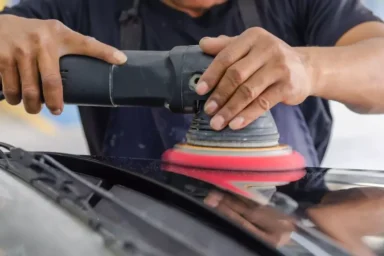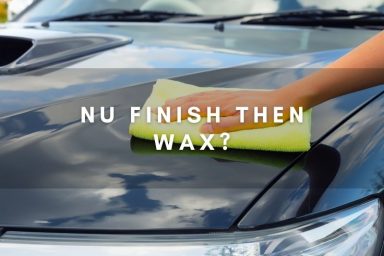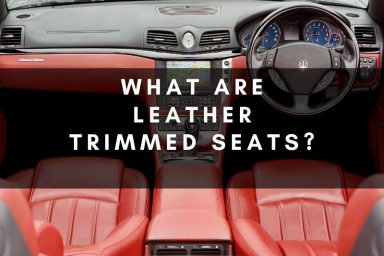Paint Protection Film (PPF) and ceramic coating have recently been popularly used for protecting vehicle paints.
PPF is famous for its high performance and safeguards vehicles’ surfaces from scratches, water spots, and chips. In case of scratches, some PPFs are capable of self-healing.
In this article, we will delve deeper into the world of PPF, exploring its features and evaluating whether it’s a worthy investment for your vehicle.
Table of Contents
In Short: is PPF Worth it?
It’s worth every coin for those looking to maintain their vehicle’s appearance and keep the paint for a long time.
You can maintain your car’s look by protecting it from scratches, chips, and weather-related damages. And it will be easy to resell the vehicle at a reasonable price when its surface is intact and beautiful.
Installing PPF may be costly, but this becomes cheap in the long run by protecting your car’s exterior.
What is PPF?
Paint Protection Film (PPF) is a thin, transparent, and long-lasting material that protects a vehicle’s paint from being damaged by scrambles, road debris, and weather elements.
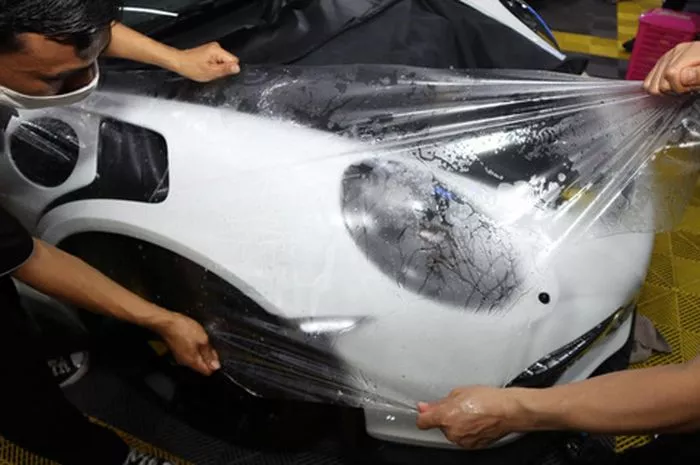
PPF is flexible, strong, and self-healing since it’s a product of thermoplastic urethane. A professional should install PPF to perform its functions effectively.
The film’s adhesive layer provides bonding, and the topcoat resists UV rays, stains, and water spots.
You can get PPF in different thicknesses, and each thickness gives an extra protection level. You can also get customized kits from renowned brands for your specific vehicle.
How Much Does PPF Cost?
Different factors determine how much you will pay for PPF, including the vehicle size, type and brand of the film, the area to be covered, and labor costs.
Here’s a general breakdown of PPF costs:
- Partial coverage: Done on the front bumper, side mirrors, and hood is between $600 to $1,500.
- Full front coverage: This covers the whole end of the vehicle, like the hood, front bumper, and fenders which can be estimated to 1,500-$2,500.
- Full vehicle coverage: covers the whole exterior of the car and can cost $3,000 to $8,000 or more.
Other factors that may affect the cost include the installation complexity, the installer’s choice, and the location.
It’s crucial to know that luxury and high-end vehicles may also be charged higher than the normal price. You need to ask for prices from different PPF installers and ensure you hire a professional.
Advantages of Paint Protection Film
Some of the advantages include the following:
- Protection: It protects your car from damage and dirt from bird droppings, bug splatters, and tree sap damage, which leaves your vehicle looking new.
- Increases the paint’s lifespan: The car’s paint can be damaged by UV rays or other environmental factors, and PPF creates a barrier from these elements. This keeps your vehicle’s paint for a long time.
- Self-healing properties: Some PPFs can heal themselves when they get light scratches and swirl marks. This will reduce repair and replacement costs since your vehicle’s paint will be retained for a long.
- Improved resale value: You can use your car for a long and still sell it at a good price if you maintain its appearance. PPF is the solution for this.
- Easy maintenance: The PPF film prevents your car from staining; hence it’s easy to clean and maintain.
Disadvantages of Paint Protection Film
Even though PPF has benefits, it has some disadvantages that you need to know about before you decide to install it on your vehicle, which are:
- Costly: Installing PPF is expensive, especially when having full vehicle coverage and for high-quality films.
- Installation quality: The installer’s choice will highly determine the quality of the film. If not well installed, you may experience bubbles, wrinkles, or misaligned edges, altering the vehicle’s protection and appearance.
- Aesthetic considerations: even though PPF is supposed to be virtually invisible. Some people can realize a difference in the car’s appearance through texture or finish. For example, if applied on a glossy surface, matte PPF changes the car’s look.
- Additional costs on maintenance and replacement: This film is meant to be durable, but sometimes it may not last as intended since it can also wear and tear. When this happens, you will need to repair or replace the film, which is expensive.
How Long Will PPF Last?
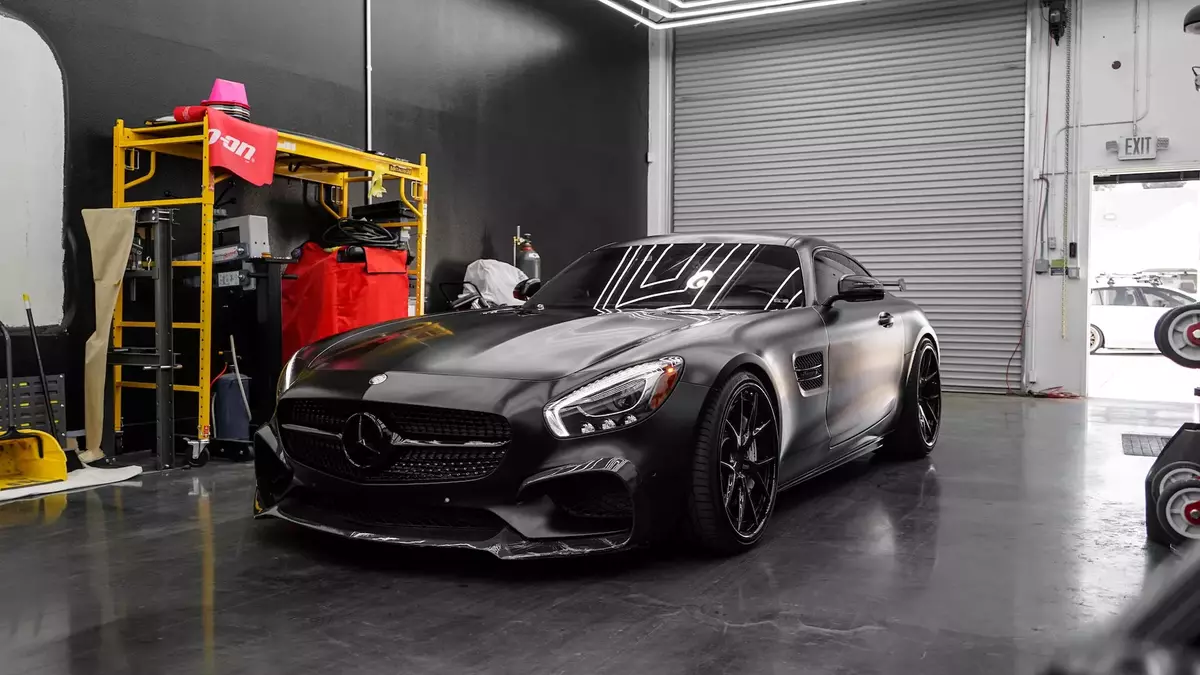
The longevity of the PPF will be determined by its quality, level of care and maintenance, and the installer’s professionalism.
Quality PPF can last from 5 to 10 years. PPF manufacturers give 5 to 10 warranties covering peeling, yellowing, and cracking.
You need to care for your PPF by following maintenance guidelines from the PPF installer or manufacturer for it to give you long service.
For your PPF to stay long, Clean your car often, avoid abrasive materials, and use the right detailing products.
Does PPF Damage Paint When Remove?
PPF is designed to bond securely with the car’s paint; hence it shouldn’t damage the paint. However, some instances can lead to damages, such as;
Unprofessional installer
Using an unprofessional installer who doesn’t know the right technique or tools needed can result in paint damage or adhesive residue. You must therefore hire a professional PPF installer to remove the film.
Leaving the PPF on the vehicle for a long
Depending on the type of PPF you will use, there is a maximum period it should stay on the vehicle before removal. If it overstays, removing it results in complications which can result in damages.
Should I Wrap PPF or Ceramic Coating?
You can decide to use PPF and ceramic coating depending on the protection level you want for your vehicle, priorities, and budget.
Protection
PPF protects your vehicle from scratches, chips, and minor dents from road debris and protection from environmental factors and UV rays.
Also, there are PPFs with self-healing properties. The ceramic coating shields your car from UV rays, chemical stains, oxidation, and light scratches. PPF is more effective in protecting against scratches than ceramic coating.
Appearance
PPF is glossy and nearly invisible; hence rarely changes the car’s appearance. You can also get matte and satin finishes for your vehicle.
On the other hand, ceramic coating improves the paint’s depth and shininess, giving the car a new appearance.
Maintenance
PPF makes cleaning and maintenance since it’s dirt and grime resistant. With PPF, you may need frequent repairs or replacements with time.
Ceramic coating is hydrophobic, which makes cleaning easy. It also doesn’t require frequent waxing or paint sealant applications.
Lifespan
PPF has a 5 – 10 years lifespan, while ceramic coating can serve you for 2 – 5 years or more.
Cost
Ceramic coating is cheaper than PPF but may need frequent reapplication.
In short, if you aim to give your vehicle high protection, PPF is the best choice. If you want easy maintenance and to improve your vehicle’s look while providing basic protection, you can choose ceramic coating.
Conclusion
PPF is worth the investment for those looking for prolonged protection of their vehicle’s external surfaces. Even though PPF is costly, the cost cannot be compared to long-term benefits.
However, you can choose between PPF and ceramic coating after comparing their advantages and considering your priorities and budget. The degree of protection will also determine your choice.
